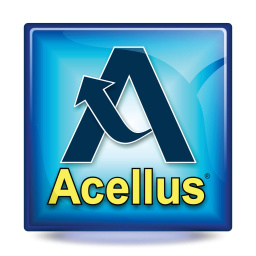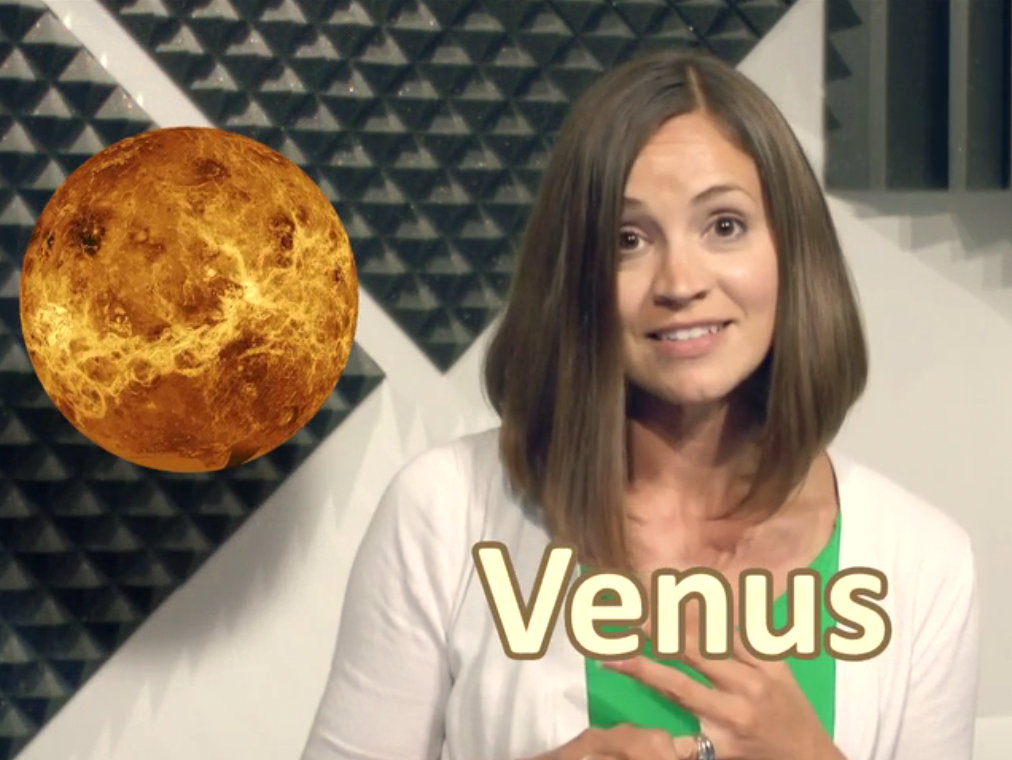What Do 6th Graders Learn In Science?


Grade 6 Scientific discipline

Class Features
Class Elapsing: Full Year
Grade Teacher: Melissa Kinzer
Assessment: Pre-Test, Lesson Practice, Unit Exams, Mid-Term Exam, Terminal Exam
Language: English
Form Details
Class Overview
Acellus Course 6 Science is an integrated course roofing Astronomy, Forces and Motion and World Structure. The course includes lab videos where students observe experiments that demonstrate the concepts they are learning. Course Topics Include:
- Objects in Infinite
- Forces and Motion in Infinite
- Strength and Motion
- Newton's Laws and Free energy
- Electricity and Magnetism
- Earth Systems
- Rocks and Minerals
- Plate Boundaries and Movement
- Earthquakes and Volcanoes
Sample Lesson - Planets and Moons

;
 This course was developed by the International University of Science. Acquire More than
This course was developed by the International University of Science. Acquire More than
Scope and Sequence
Unit of measurement 1: Objects in Space This unit introduces the the concepts of axis and equator, planets and moons, stars, constellations, and actual vs. apparent motion. Too included are the concepts of the scientific method, lab safety, and an activity modeling how to follow the steps of the scientific method during an experiment. Unit 2: Forces and Motion in Space The Forces and Movement in Space unit delves into rotation and revolution, reasons for seasons, solstice and equinox, and gravity. Additionally, this unit covers objects in orbit, moon motions, moon phases, solar and lunar eclipse, and a pinhole viewer activity. Unit 3: History of the Solar System and Rockets This unit covers rocket inventions, mod rockets, how rockets work, and the space race. This unit as well introduces space spinoffs, ancient solar system models, big and small solar organization Objects, solar arrangement formation, and a rocket lab activity. Unit 4: Solar Organization Objects and Space Measurement In this unit of measurement, students study the layers of the sunday, sunday features, dwarf planets, comet features, asteroids, and meteoroids and meteors. space measurements, star characteristics, the life bike of a star, and galaxy types are besides introduced. Additionally, this unit of measurement includes an activity focused on the calibration of the solar organisation. Unit of measurement 5: Force and Motion The Forces and Motion unit begins by introducing motion, relative motion, speed, and velocity. Student learn how to graph speed, and understand acceleration, forcefulness, cyberspace force, and friction. This unit besides includes an activity focusing on friction strength and roller coaster physics. Unit half-dozen: Newton'due south Laws and Energy Building on the previous unit, this unit analyzes the ist Police force of Motion, twond Law of Move, and 3rd Law of Motion. This unit of measurement likewise delves into piece of work, power, energy, types of free energy, forms of energy, free energy transformation, and free energy conservation. This unit also includes activities focused on free energy transformation, marble energy, and Newton'south iiird Law of Motion. Unit vii: Electricity and Magnetism The Electricity and Magnetism unit focuses on electrical charges, electrical fields, charge build up, static belch, and a Sparks are Flight action. Additionally, electric current, electric circuits, and conductors and insulators are covered. Finally, this unit investigates what is in a circuit, types of circuits, magnetism, an activity focused on making a compass, and magnetic fields. Unit 8: Globe Systems The Globe Systems unit focuses on the main globe organization parts, including the age of globe, a stone strata activity, the 4 "Spheres", likewise as constructive and subversive forces. Also included in this unit is the study of earth's interior, the layers of globe, and estrus transfer. Unit nine: Rocks and Minerals This unit delves into minerals, mineral identification, how minerals form, the characteristics of rocks, and classifying rocks. Too covered in this unit of measurement are the concepts of igneous rocks, sedimentary stone, metamorphic stone, rock bike, and a starburst rock cycle activity. Unit 10: Plate Boundaries and Movement This unit covers continental drift, mid-ocean ridges, sea-floor spreading and trenches, too as subduction, subduction and earth's oceans, and plate tectonics. This unit likewise covers divergent boundaries, convergent boundaries, transforming of boundaries, the three types of stress, mistake formation, and an activity that focuses on plate tectonics. Unit 11: Earthquakes and Volcanoes The Earthquakes and Volcanoes unit of measurement introduces earthquakes, seismic waves, measuring earthquakes, and earthquake take chances. This unit also covers volcanoes, inside a volcano, volcanic eruption, stages of volcanic action, lava and ash created landforms, magma created landforms, and seismograph lab activity.
What Do 6th Graders Learn In Science?,
Source: https://www.science.edu/acellus/course/grade-6-science/
Posted by: whitethenetiong1938.blogspot.com


0 Response to "What Do 6th Graders Learn In Science?"
Post a Comment